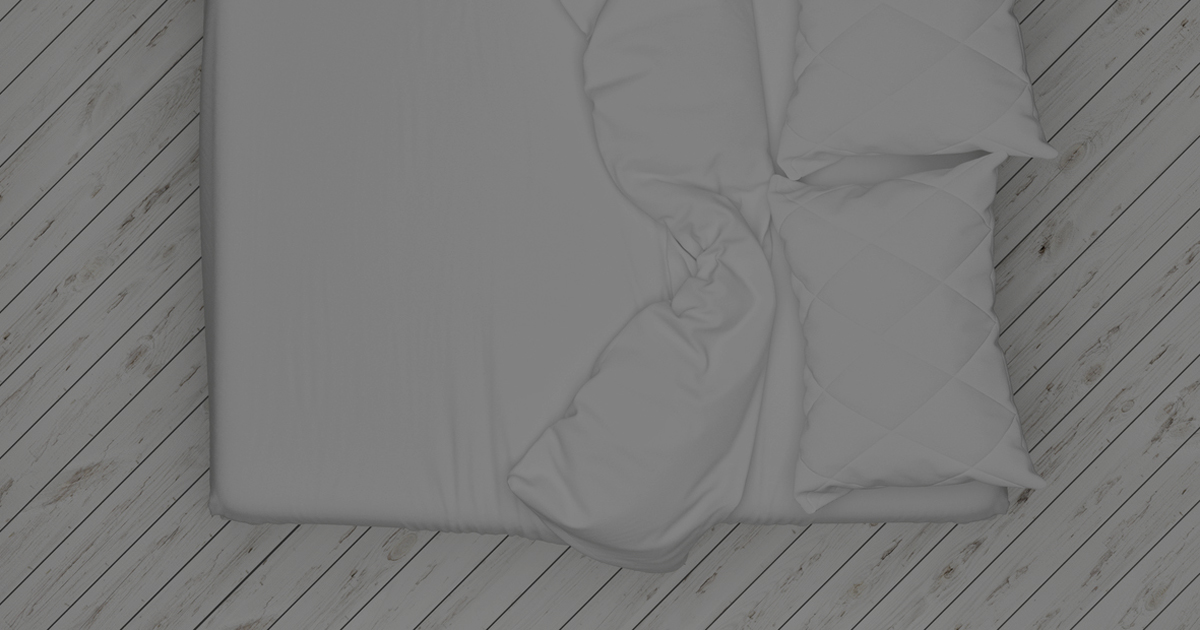Microfiber Sheets vs Cotton – Many of us splurge on comforters and pillows, but we tend to overlook bed sheets. When it comes to all bedding, quality and durability are important. After all, we spend one-third of our lives between the sheets.
What are microfiber sheets made of? • Cotton Staple Quality
Side By Side Comparison • Recommended Choice
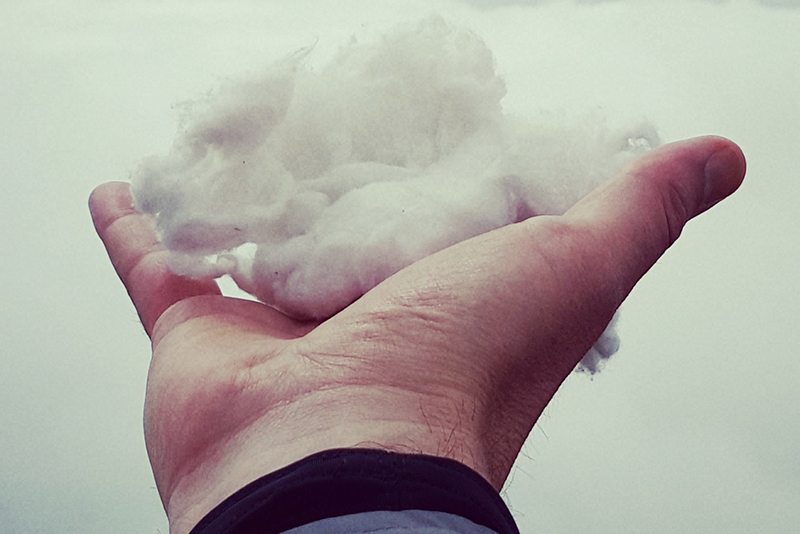
The type of textile, material thickness and weave all contribute to the comfort of your sheets. Some materials are formed naturally, such as cotton. Others are created in labs from polyester, wood pulp or other textiles. The design of these materials and how they are combined may influence whether you will get a good night’s sleep or sweat through the night.
World Renowned New York designer Bunny Williams mused about the quality of sheets in an interview with New York Magazine, stating: “Bedsheets are the most important thing in the world.” [1]
To put it simply, over the next 30 years — 10 of those precious years will be spent in the comfort of your bed, so why not splurge on a nice set of sheets?
When you’re in the market for a new set of sheets, it’s wise to look beyond price and patterns. Here are some important things to know about laboratory-produced microfiber sheets before you buy.
What are microfiber sheets made of? • Cotton Staple Quality
Side By Side Comparison • Recommended Choice
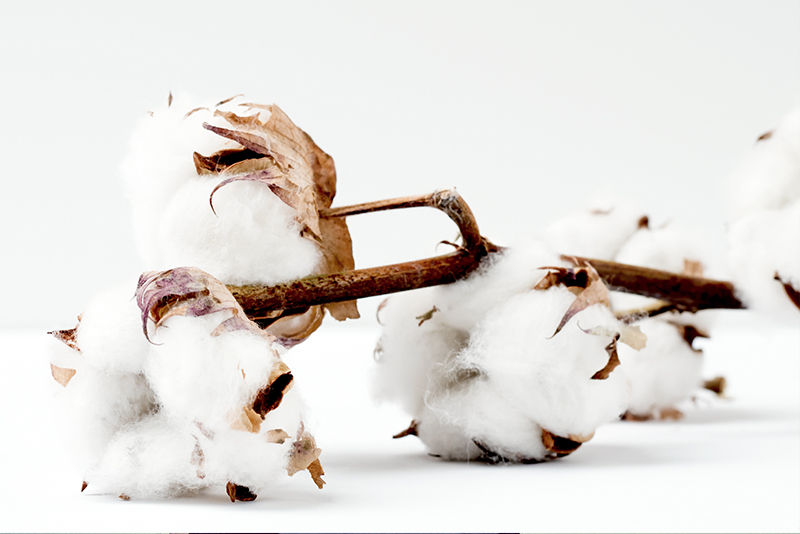
Cotton Remains King Despite Microfiber Sheet Affordability
What are microfiber sheets made of?
Microfiber sheet sets (aka microplush sheets), are super fine synthetic fibers that are thinner than a fifth of a human hair.
These super thin microfibers are woven together to create a host of fabric goods from clothing to cleaning products and yes, bedding. However, depending on the manufacturing process, microfiber textiles can be flammable and even emit toxic gases. Sometimes, they are not biodegradable and thus, non-recyclable.
Brushed microfiber sheets are artificially-made. This enables manufacturers to produce complete sheet sets faster and at lower prices, eliminating the costs associated with growing, harvesting and weaving cotton.
The Range of Cotton Quality
Cotton remains the most commonly used material when producing bed sheets. That’s not surprising as cotton becomes softer but retains its durability with washing. However, the quality of cotton varies dramatically. The most luxurious quality cotton available for sheets are Supima, Pima and Egyptian cotton.
| Classification | Length | Quality | Origins |
|---|---|---|---|
| Supima Cotton | Extra-Long | Superior | United States |
| Egyptian Cotton | Long | High | Egypt, China, India |
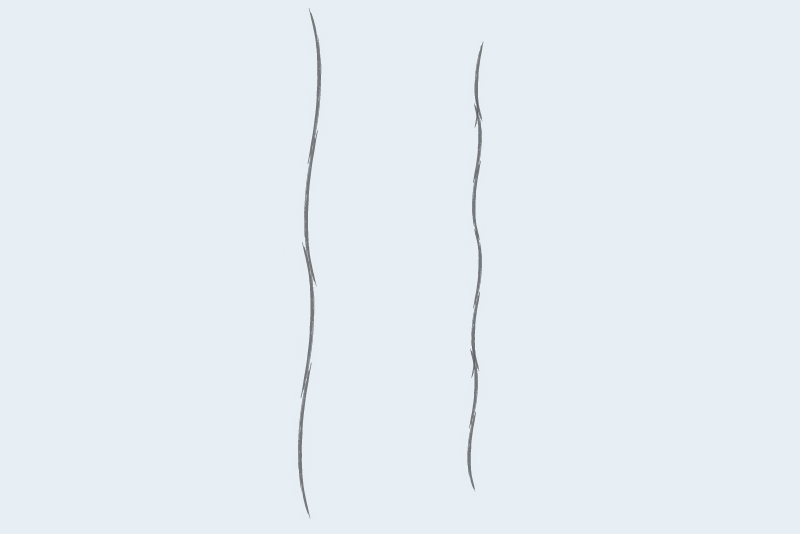
What Is Cotton Staple Fiber And How Does It Affect Quality?
The term “staple” in the context of textiles refers to the length of a fiber. When cotton is grown the plant produces up to 250,000 individual fibers per boll. The longer the cotton fiber length, the more durable and softer the resulting fabric will become.
In contrast to cotton, microfiber is synthetically made. With microfiber, the individual strands are of varying textiles, lengths and strengths. As a whole, the textile becomes stronger with a tighter weave. However, unlike cotton, this can result in a fabric that encourages the body to overheat and sweat through the night.
| Type Of Cotton | Quality | Staple Length |
|---|---|---|
| Extra-Long Staple Fiber | 1 ⅜” – 2” | Premier Quality |
| Long Staple Fiber | 1 ⅛” – 1 ¼” | Good Quality |
| Short Staple Fiber | Up To 1 ⅛” | Low Quality |
What are microfiber sheets made of? • Cotton Staple Quality
Side By Side Comparison • Recommended Choice
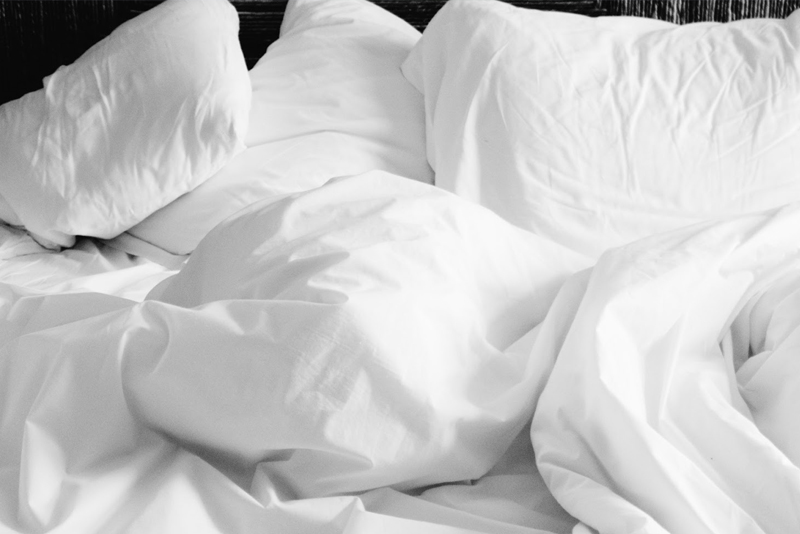
Luxury Microfiber Sheets vs Cotton Sheets Side By Side Comparison
Microfiber sheet sets afford you a complete bedding set at a fraction of the cost of cotton, but not without sacrificing quality, comfort, and durability. While comfort and durability are somewhat dependent on thread weave, from an investment standpoint, cotton sheets are the way to go. Let’s compare some of the common factors that are looked at when buying sheets in general.

Microfiber Sheets vs Cotton – Durability
Indeed, with bedding, as with many other things, “you get what you pay for.” Low-cost microfiber is prone to tear very easily. With every wash, the durability and structural integrity of the woven fibers weaken. Over a short period of time, these sheets will show signs of wear and tear. With additional washing, you will also notice the color will start to turn dull as it fades. Where you will save in cost, you will lose in longevity.
Unlike microfiber sheets that reduce quality with each wash, Supima cotton sheets have the opposite result and improve with each laundry wash.
Supima cotton is woven exclusively from extra-long staple cotton fibers which provide long-term durability preventing sudden tearing and color fading.
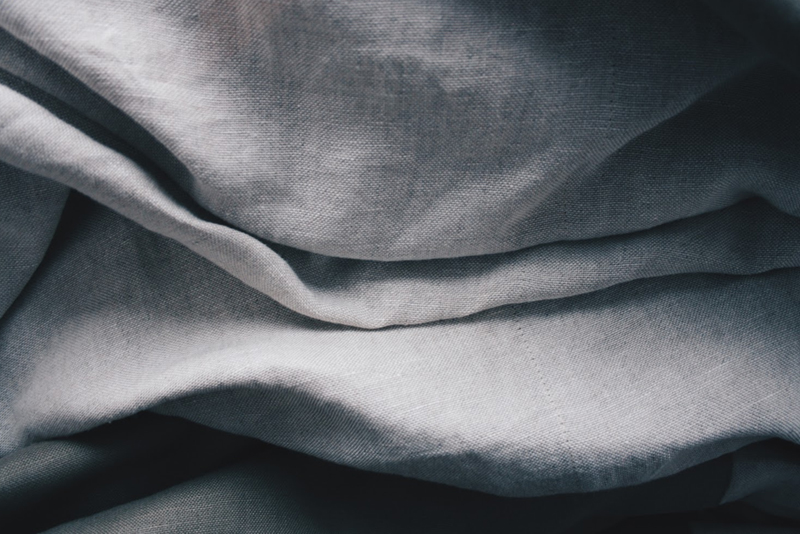
Microfiber Sheets vs Cotton – Airflow
Both microfiber sheets and Supima cotton sheets are woven in a percale or sateen weave [link here to ‘Percale Sheets vs Sateen Sheets’].
Percale has long been touted as the best weave for airflow. When comparing percale woven microfiber to percale woven Supima sheets, the Supima will have a slightly more substantial feeling of thickness and weight but have a better airflow.
Microfiber bed sheets have a distinctly thin light feeling yet tend to trap stagnant air within the sheets.
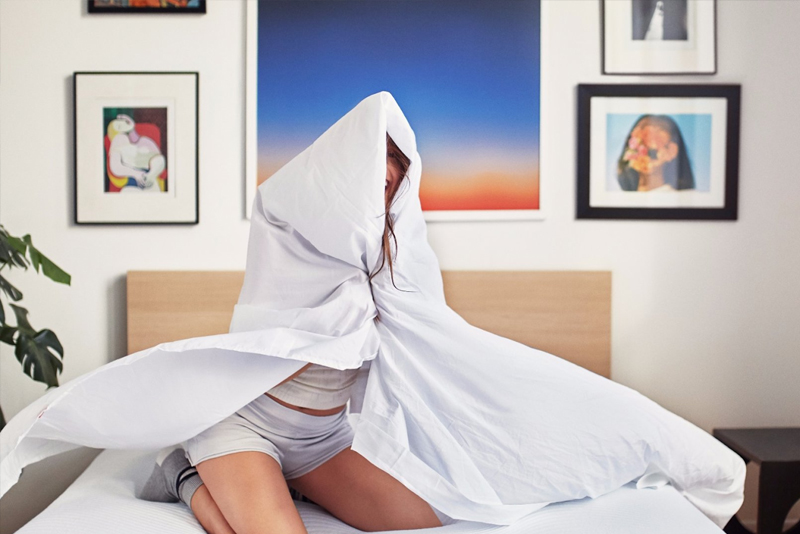
Microfiber Sheets vs Cotton – Temperature Control
Supima Cotton constructed from extra-long staple natural cotton ensures that you will have the strongest fiber without additional heat retaining thickness.
Cotton, being a natural fiber, will provide much greater heat distribution throughout the night when compared to microfiber sheets. This increased breathability will keep you cool while naturally wicking moisture [1] away from your body.
Although thin, microfiber sheets trap your natural body heat due to the nature of the materials used to produce them. Think of a microfiber jacket. It’s light in physical weight yet is designed to retain heat and keep you warm.
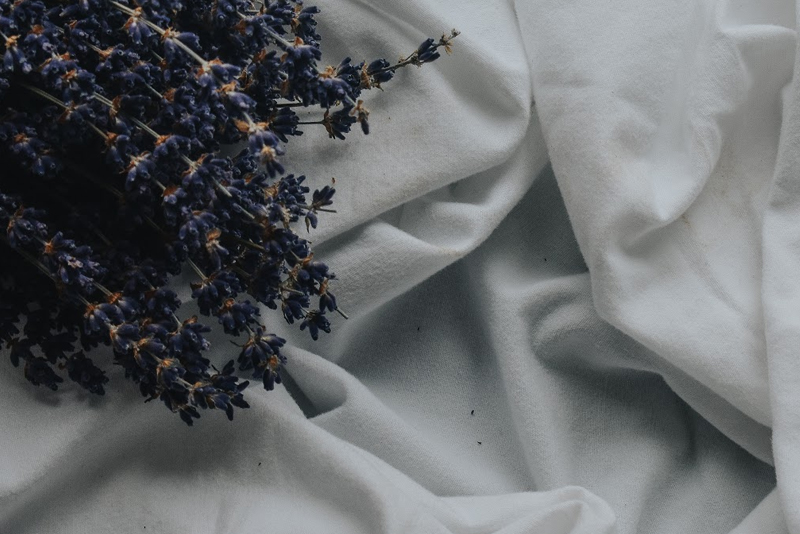
Laundering and Stain Removal
Supima cotton sheets can be washed and dried in the convenience of your home. Sometimes, these sheets shrink after the first wash, but most sets are sold pre-shrunk. In addition, Supima cotton sheets get softer the more you wash them.
Microfiber bed sheets can also be machine-laundered and dried. It is not unusual for these sheets to shrink after the first wash. After multiple washes, you may find the need to iron your sheets. If you do, it’s recommended to use a flat iron on the warm setting. Should you accidentally spill on your microfiber sheets, clean up is time sensitive. Unlike cotton, if you wait too long, the stain will set.
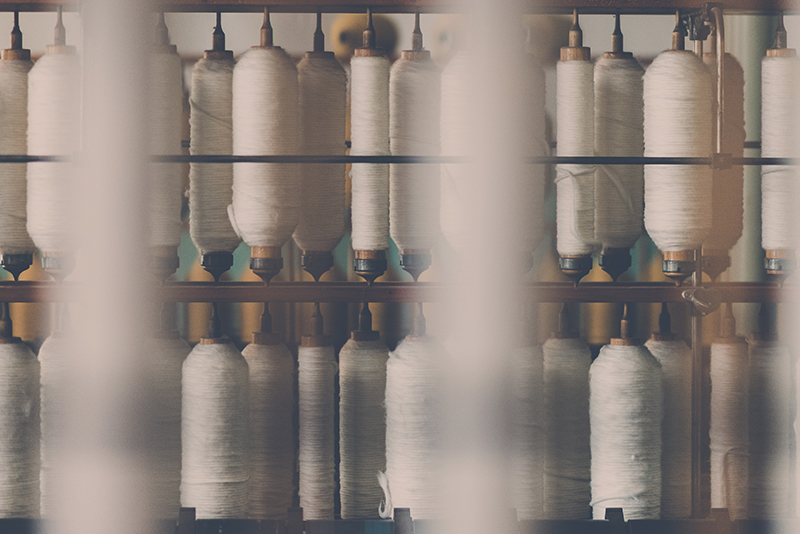
Color Fasting
If you invest in sheets, you want them to stay looking good. Supima cotton is touted globally as the premier fiber for color retention ensuring your bedding will look bright and vibrant for years. The advantage of selecting Supima cotton sheets over microfiber, bamboo and wool sheets resides in the extra-long staple fibers that retain color for long-term wear.
Microfiber sheets are engineered to easily absorb the desired color or pattern of a linen set. This allows manufacturers to create the appearance of luxury sheets by using trendy colors or designs. However, with repeated washes, these bright colors fade rather quickly.
What are microfiber sheets made of? • Cotton Staple Quality
Side By Side Comparison • Recommended Choice
What’s The Best Choice – Microfiber Or Cotton?
If you’re looking for a low-cost, short-term solution for bedding, microfiber sheets will serve your needs.
However, if you’re looking to invest in luxury, quality and durability, Supima cotton bed sheets are your best choice.
Luxury sleep brands like Tomorrow Sleep, work with high-quality cotton material rather than microfiber. When it comes to bedding, we recommend choosing quality cotton sheets that will last for years to come.
What are microfiber sheets made of? • Cotton Staple Quality
Side By Side Comparison • Recommended Choice
Microfiber Sheets vs Cotton Resources;
[1] NYMag; What Are the Best Bed Sheets?, Lauren Schwartzberg, October 12, 2016.
[2] Science Magazine; Temperature as a Universal Resetting Cue for Mammalian Circadian Oscillators, Ethan D. Buhr, Seung-Hee Yoo, Joseph S. Takahashi, October 15, 2010.
